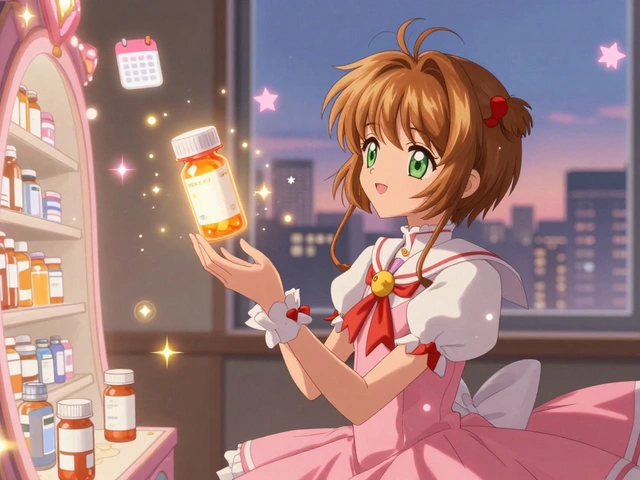Antifungal treatment: how to choose topical or oral therapy
Fungal infections range from simple athlete’s foot to serious internal infections. The right treatment depends on where the infection is, how bad it is, and your health. Below I’ll walk you through common options, realistic expectations, and simple steps that actually help.
Topical vs oral — when to use each
Topical antifungals are creams, sprays, or powders you apply to the skin. They work well for most skin infections like ringworm, jock itch, and mild athlete’s foot. Common OTC choices include clotrimazole, miconazole, and terbinafine. Apply to clean, dry skin and keep using for the full course the label or your pharmacist recommends — stopping early often leads to return.
Oral antifungals are pills your doctor prescribes for deeper or persistent infections. Fluconazole, itraconazole, and terbinafine are typical examples. Doctors use oral drugs for nail fungus, severe yeast infections, or infections that spread. Oral meds reach areas creams can’t, but they carry higher risks for side effects and interactions, so your doctor will weigh benefits and check your health history.
What to expect: timing, side effects, and red flags
Expect quick relief with some topical treatments — itching and redness often improve in days. But full healing can take weeks. Nail fungus usually needs months of treatment and sometimes combined topical plus oral therapy. If you take oral antifungals, watch for stomach upset, headache, or rare liver effects. Your provider may order blood tests if treatment lasts several weeks.
Call your doctor if you have fever, pus, rapidly spreading redness, or if you’re immunocompromised. Also see a clinician if an OTC cream hasn’t helped after 2–4 weeks, or if a nail or scalp infection won’t clear. Those often need prescription treatment.
Simple prevention cuts down recurrences. Keep skin dry, change socks daily, use breathable shoes, avoid walking barefoot in public locker rooms, and don’t share towels. For vaginal yeast infections, avoid douching and scented products that disturb the natural balance.
Practical tips when using antifungals: clean and dry the area before applying creams, use the full course even if you feel better, and follow dosing instructions for oral drugs closely. Tell your provider about other meds you take — fluconazole and itraconazole can interact with common drugs like blood thinners and some cholesterol medicines.
If you’re unsure what you have, a quick visit can save time and prevent wrong treatment. Skin scrapings or swabs often confirm the cause, and targeted therapy works faster. Fungal infections can be stubborn, but with the right approach most respond well and stay away when you follow basic prevention steps.
Butenafine vs. clotrimazole: which is better?
As a copywriter, I've researched and compared butenafine and clotrimazole to determine which one is more effective. Both are antifungal medications used to treat various skin infections. From what I've gathered, butenafine seems to be more powerful and works faster than clotrimazole. However, it's crucial to consider individual factors and consult with a healthcare professional before choosing the right treatment. Overall, both medications have their pros and cons, and the best option will depend on the specific case and the individual's needs.






